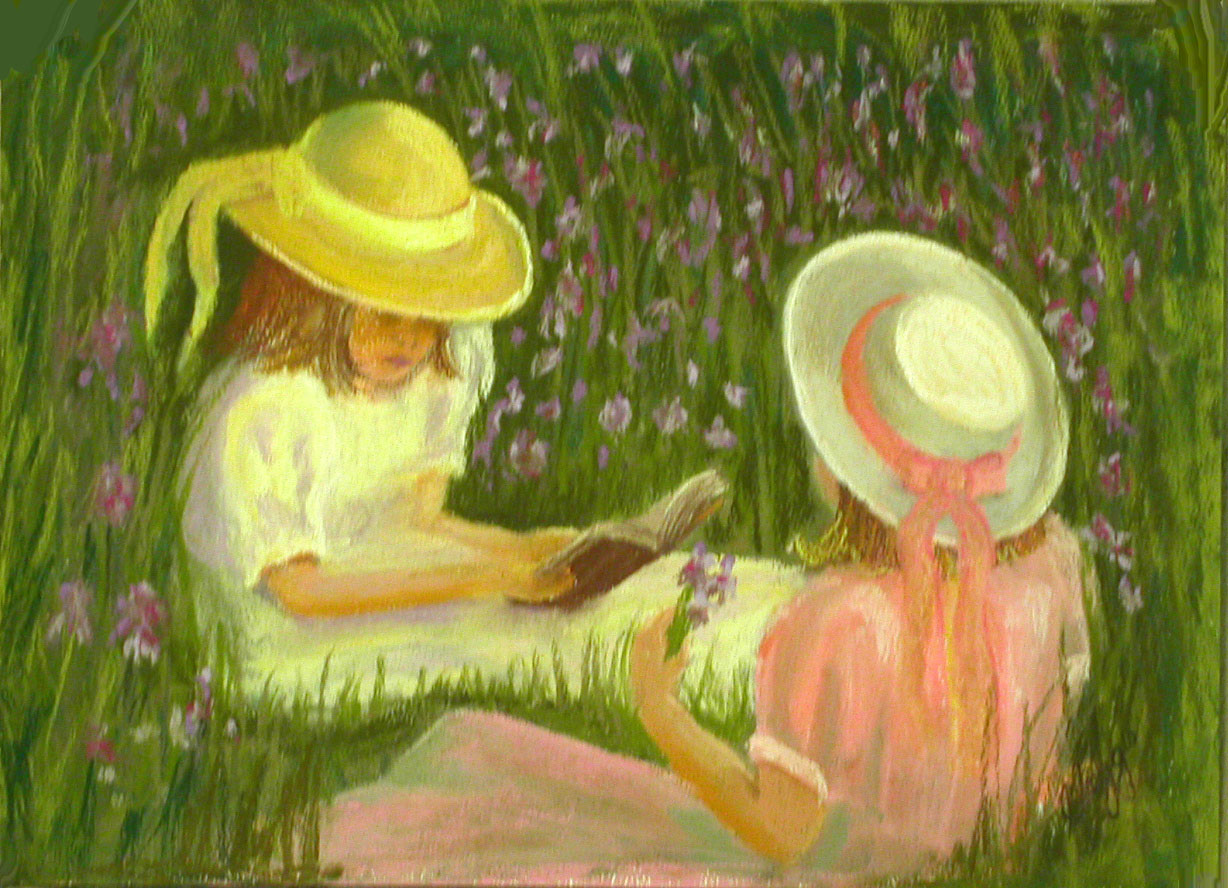
The Anatomy of Dr. Tulp was one of the later works successfully produced by Rembrandt. Being painted in the early months of 1632; it was painted using oil on canvas. This painting created many changes in aspects of art and most importantly, science, as well as playing a major role in the independence of Holland regarding medicine. Coupling these two facts I can fairly state that this work of art reflects the progression of science during The Renaissance since it accurately shows what the human arm consists of. Additionally the regained attentiveness from the people towards the functioning of the human body and the determination conveyed by the expressions surrounded by the dissection is highly similar to the attitudes within the people during The Renaissance. Taken from a real-life scene in the midst of an occasion; this painting accurately communicates what is really happening during the time that Rembrandt began his painting which means that it is fairly reliable to use as a reference. The combination of expressions used in the painting furthermore support the interest within the people towards the dissection. Art at that time had greatly advanced in all aspects as well since they favoured realism and accuracy within their paintings. This is similar to what Rembradnt did in his, creating each figure as an individual portrait and the focal point the combination of the figures rather than the actual dead body creating an interaction between the viewer and the painting. Not to mention the anatomical accuracy which was a prominent technique used in The Renaissance. Considering all of the information and interpretations I have expressed I can infer that The Anatomy of Dr. Tulpt clearly conveys the importance of the dissection of a body and the need for it to be done in order to discover new information on the functioning of the human body. The fact that not much information was clearly gathered and known within the people from the previous years more had to be done in order to achieve a greater understanding. However, in the case of this painting; to undergo with the act of proceeding with the dissection, certain tools and equipment had to be present. Therefore attributable to trading and banking this process enabled the dissection to proceed since trading meant that new instruments such as blades and forceps could be found during the trading process. Now taking each interpretation into consideration I can fairly conclude that The Anatomy of Dr. Tulpt accurately communicates the behaviours and occasions that occurred during The Renaissance enabling us to visualize a deeper understanding of what really happened in order to find certain information that we know today.

